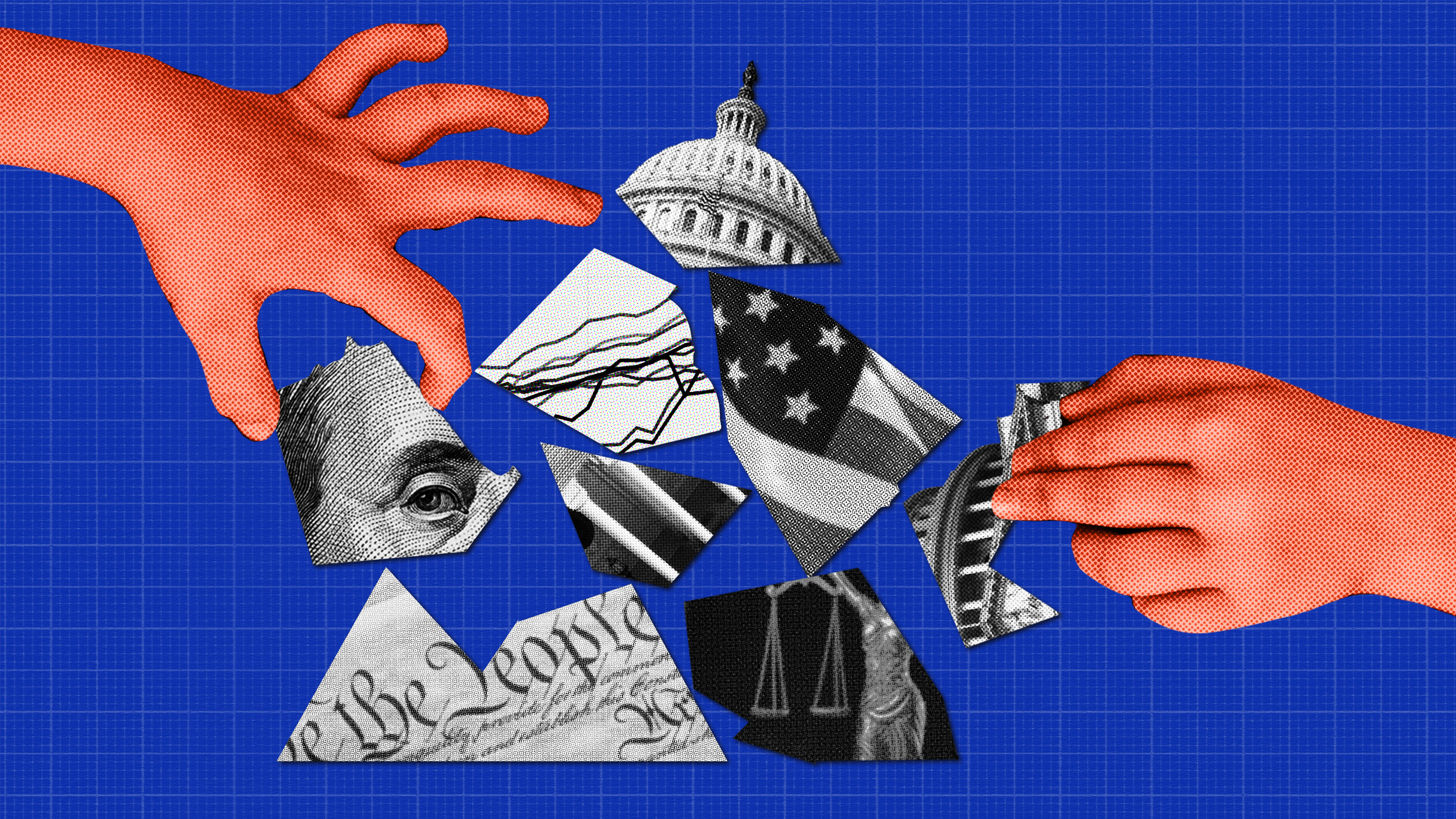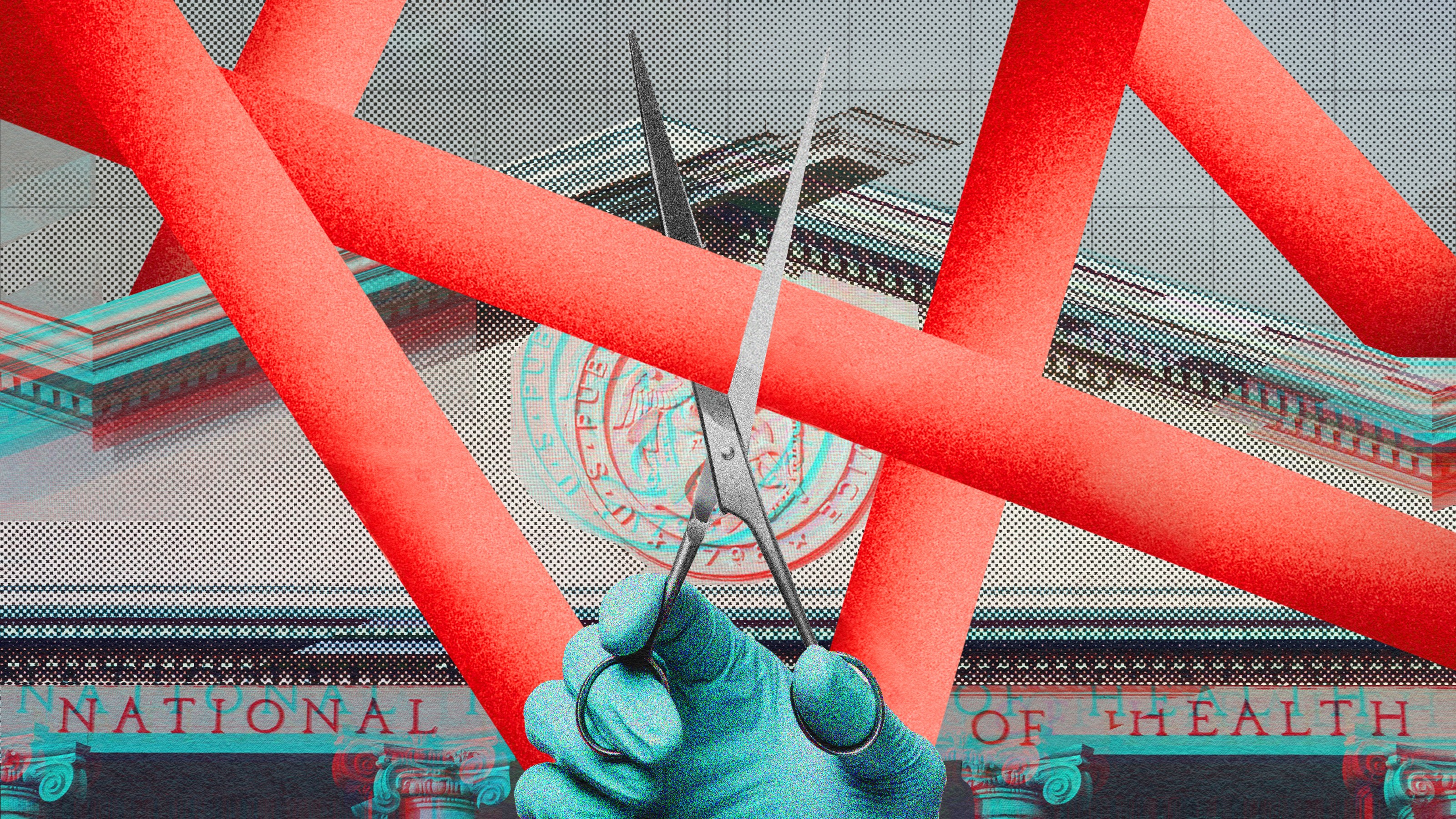Is The Mortgage Crisis Now A Permanent Element Of Our Economy?

After reading a story earlier this week about the problems in Bank of America’s mortgage modification department, I wondered—has the mortgage crisis become so large and pervasive that we have simply accepted it as a permanent part of the background in our financial landscape? Richard Eskow wondered the same thing in his piece at the Huffington Post yesterday titled By the Time You Read This: Why the Mortgage Crisis Dwarfs Almost Everything.
After reading through various research reports and academic treatises, as well as a philosophical monologue that explored the question of morality in relation to any proposed solution to the problem, I was kind of heartened by Eskow’s willingness to take the side of the consumer.
How big is the mortgage crisis? Pick an adjective: astronomic, colossal, enormous, gigantic, ginormous, humongous, jumbo, mammoth, massive, monstrous, mastadonic, monumental, prodigious, tremendous, vast, very big, very large, whopping. Here’s how big it is. Let’s assume that you’re reading these words one day after I wrote them. That means that:
By the time you read this, there will have been approximately 8,500 foreclosure actions in this country1 — more than one thousand every hour during the working day.
By the time you read this, homes in the United States will have lost more than $13 million dollars in value.2 During a 24-hour day, this figure comes out to more than $500,000 an hour.
By the time you read this, homeowners will have paid $750 million in mortgage payments for non-existent housing value — that is, the amount on their mortgages that disappeared when the bubble burst — according to our estimate.3
By the Time You Read This: Why the Mortgage Crisis Dwarfs Almost Everything
The mortgage crisis remains as the largest elephant in the room anytime anyone brings up the economy. In a report that hit the streets earlier this week, last year many metropolitan areas suffered additional declines in home values, with some of them dropping almost ten percent since last year.
Where Eskow really shines in his article is when he declares “less is less”, which is pretty much what I’ve been saying for the last few years on this blog and elsewhere. Less money in the pockets of America’s middle and working classes means less cashflow for businesses large and small who depend directly and indirectly on consumer spending. Less money spent by America’s middle and working classes mean less sales taxes are collected.
But much of the time spent thinking about the mortgage crisis by those in charge has been concerned with making sure that a Puritan veneer envelopes any workable plan to address “homeowner deficit”, as if there were imposters posing as real Americans who have been wallowing in material excess for the last fifty years. Our profligate spending and our nonexistent savings rate didn’t happen overnight, and as they did develop, our nation’s corporations were all more than happy to relieve us of our discretionary income, and our nation’s lawmakers were all more than happy to remove any barriers designed to impede this “progress” .
If you can connect the dots between the charts Eskow uses in his piece, you will come to the same conclusion I have been trying to articulate for the past few days—that either we can seriously attempt to address this problem, or we can sit idly by, stabbing at it now and again with federal programs that are designed from the start to fail, and watch as our economy limps along for the next ten to fifteen years.




